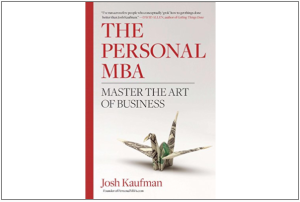
A financial asset that is a debt instrument will be subsequently accounted for using amortised cost if it meets two simple tests. These two tests are the business model test and the cash flow test.
- The business model test is met where the purpose is to hold the asset to collect the contractual cash flows (rather than to sell it prior to maturity to realise its fair value changes).
- The cash flow test will be met when the contractual terms of the asset give rise on specified dates to cash flows that are solely receipts of either the principal or interest.
These tests are designed to ensure that the fair value of the asset is irrelevant, as even if interest rates fall – causing the fair value to raise – then the asset will still be passively held to receive interest and capital and not be sold on.
However, even if the asset meets the two tests there is still a fair value option to designate it as FVTPL. Further discussion of this designation is however beyond the scope of this publication.

